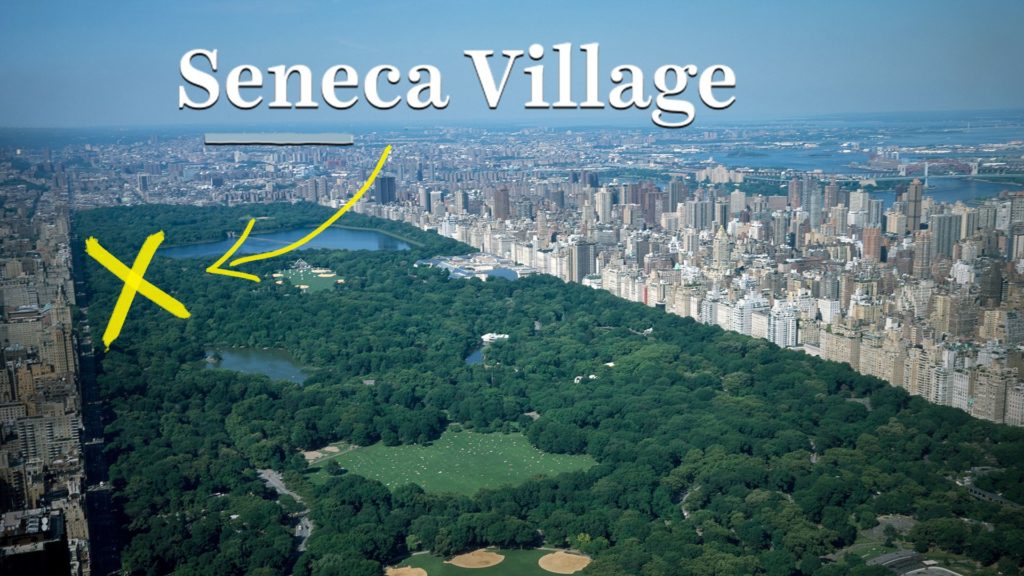In Native Son, we see how the self-identification of Bigger affected him and his whole life, how the self-hatred form inside of oneself can turn into something sinister. This relays a different perspective from the Moon & Mars. This book is about a little girl who just sees her family. She is the first to be born out of slavery and the center of attention. The book (at least the parts I read) shows the importance of family and honoring differences, not just similarities. That being said, It is not to be said that it is easy. After meeting with the author of the book I felt a lot of things. I felt a relation to her. Being mixed, in a time like that could not have been easy. Being mixed in today’s world is not the easiest thing.
In a society where labeling has become the most important thing, being mixed is not easy. I feel it almost every day. I am currently filling out job descriptions and every time I do, I check the box that says ‘two or more races’. That box, makes me think about what it truly means to be mixed in a world that for so long wanted to keep things separated. It makes me think about the earlier article we read in which, we talked about choosing to be white when people first moved to the U.S. They did not do this for no reason at all, they did it to survive. The U.S. was a place in which being white was the main factor of survival. It was a way to be able to survive in a place where people who ‘different’ were outcasted.
For me, growing up mixed has been an interesting thing. From high school, I have been going PWIs without a second thought. I have been told I am too white and I have been told that I am too black. Yet, for some reason, I have always just felt like I am me. There are fronts I put up of course, for reasons that are not just due to race, but in a world where everyone has to be labeled as something, where does that leave the people who are more than just one identity? For me personally, it has left me in a place of slowly, but surely making my own identity that has always excluded race. I am an athlete, granddaughter, sister, daughter, friend… Yet, in a world where it is so hard to include yourself when you are born in a place where you never quite fit in, how do you find your identity any other way?

